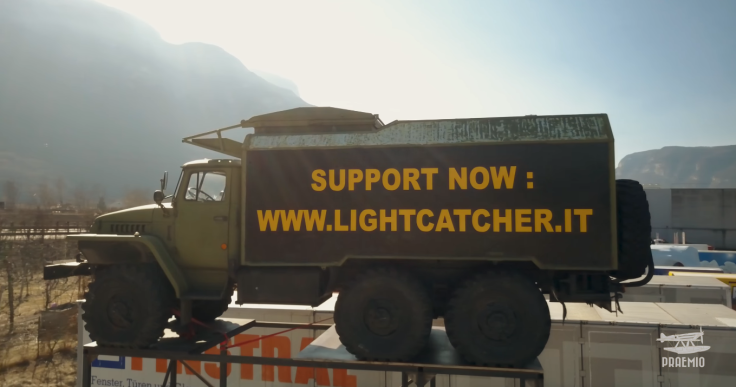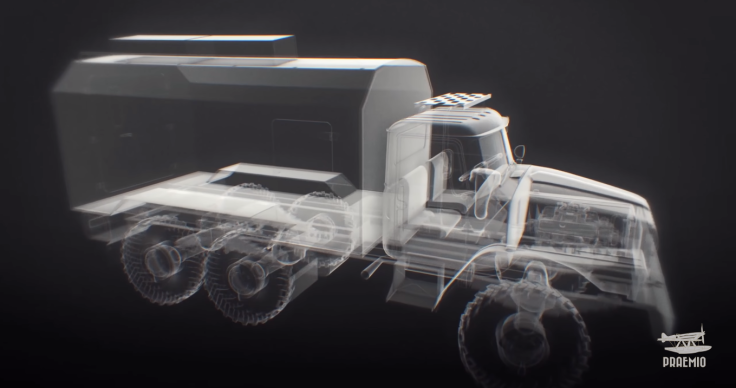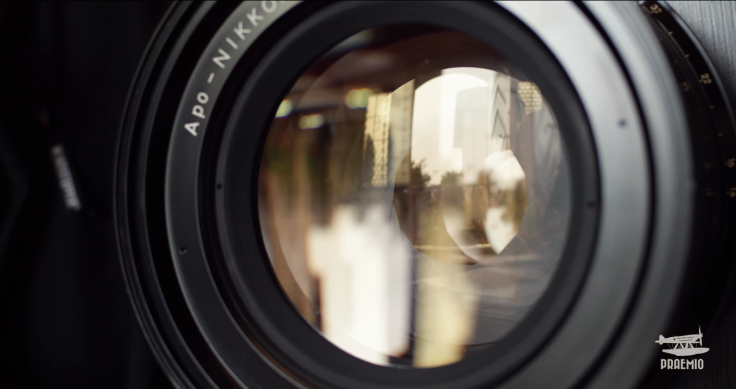Lightcatcher: This Cold War-era Russian truck is being converted into a massive 1800s-style camera
When complete, the camera will have a resolution which is comparable to that of a space telescope.

A photographer in Germany has started a project to convert an old Russian military truck into a huge ambrotype camera to take old-school pictures of landscapes.
Ambrotype imaging is a long and arduous process. It is also considered to be high-risk because until the image gets processed and a print is made, it is not possible to tell if it is any good. According to a report by Popular Mechanics, ambrotype imaging was done in the 1850s and is a variation of the wet plate collodion process.
A positive image is printed directly onto a pane of glass and is almost always in a large format. Even by 1850s standards, the process was considered too complex and time-consuming, so it was quickly abandoned as better, more portable options were made available, noted the report.
One of the most important requirements for a camera is its capacity to capture incoming light and record it as an image. This is known as the ISO rating of a camera. The higher the ISO, the better its capacity to capture light. Ambrotype cameras, noted the report, has an ISO rating of one. In comparison, modern digital cameras have variable ISO ratings that normally go to over 3,200. For traditional film like the 35mm type, ISO 100, is considered to be the 'normal' level.
Kurt Moser, the photographer who is building the truck camera called "Lightcatcher", says that the ambrotype camera has almost zero depth of field and very high contrast and a resolution he calls "incredible". This is because the image does not get stored in the form of pixels or even on a small 35mm piece of film. Rather, it gets directly printed onto a massive plate of glass, so the resolution cannot really be measured. All this comes together to form stunning images that takes three days of work to produce.
Moser says that it took him five months of chemistry classes to just get trained on how to go about printing the images on glass.
He now wants to build an ambrotype camera into a Cold War-era Ural truck with the carriage compartment of the truck acting as a camera. Ambrotype images can only be shot in a dark room, so the sealed compartment of the truck could be perfect for this. The idea is to have massive 150cm plates placed in the truck that can then be driven up to mountains so that landscape images can be shot and developed at the site. "You can literally walk into the camera, you can touch the light inside the camera and that's an incredible experience," Moser said.

The lens that will be used for this truck camera will be an extremely rare 1780mm Apo-NIKKOR. Nicknamed "baby", it is a wide-angle lens that will be used to capture big landscapes.

Images on glass can last up to 300 to 400 years, says Moser. The photographer's ambrotype samples can be found on his Instagram page.





















